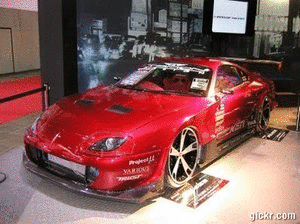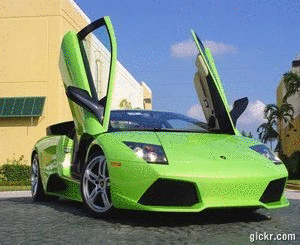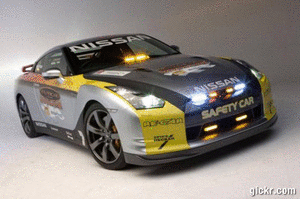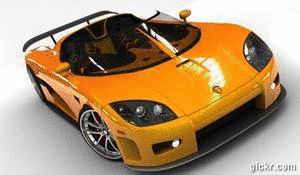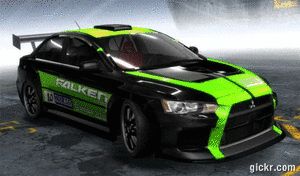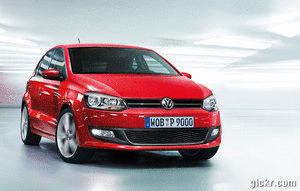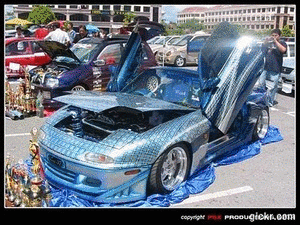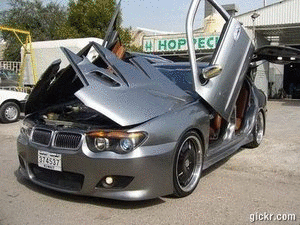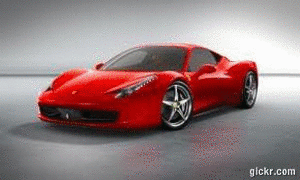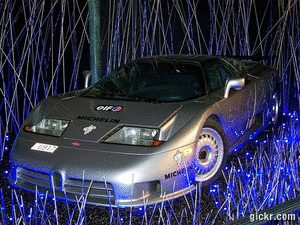Introduction:
Hybrid batteries are responsible for supplying electrical power to the electric motor and the remaining accessories of the vehicle such as the air conditioner and the lighting system. The technology responsible for today's battery advancements have been the result of millions of dollars in research funding. Because of these advancements additional goals of auto manufacturers can be realized. One obstacle battery manufacturers have had is the ability to quickly recharge the battery. In the past if the battery was charged too fast it could explode or catch fire. Additionally, the rate in which the battery was charged at has directly relegated to how long the charge would last. Lithium-ion batteries addressed this issue by allowing accelerated rate of charging with limited damage to the battery.
Hybrid Battery Cut-away
The internal parts of the hybrid battery consist of many smaller cells connected together with an electrical framework. This framework determines which batteries to use and charge depending on the "state of charge" of the cell. Lithium-ion batteries have enabled manufacturers to achieve long awaited goals for battery charge rate and power output capabilities. Even the "lifetime" of these batteries has been extended mainly because in the shift from using lead to copper for the battery contents.
The charging system for the hybrid car is a combination between the combustion engine alternator, regenerative brake system or a "plug in" from an outside source.
